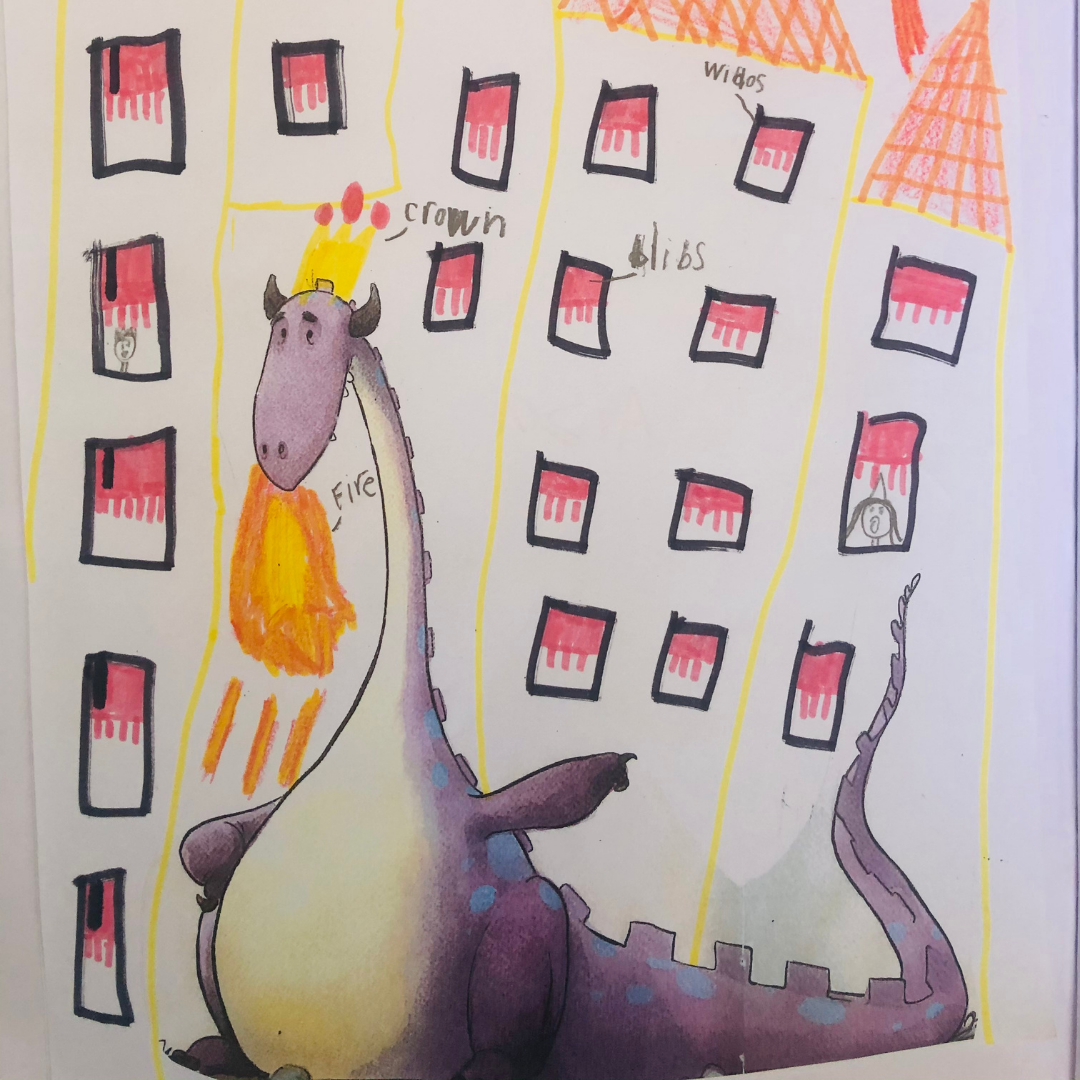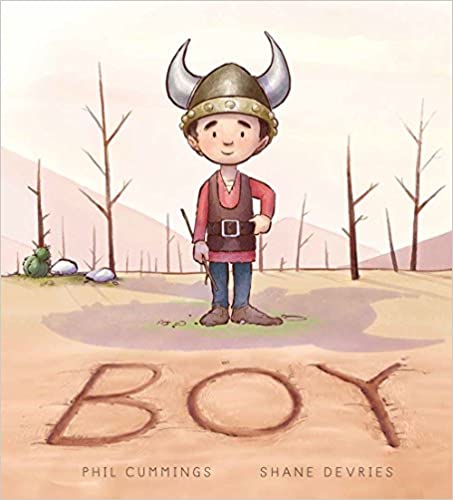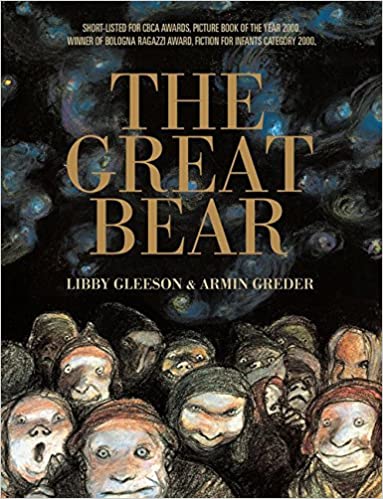Grab a free trial and go bananas!
- Download all lessons to PDF
- Download and edit all resources
- Share lessons with your colleagues
- Save favourite lessons for later

Character Predictions
Learning Intention: Can make predictions before reading, based on my connections and ideas about a character.

Character Predictions
Learning Intention: Can make predictions before reading, based on my connections and ideas about a character.
- Any narrative text
- Whiteboards
- Markers
- A4 paper
- Pencils
Grade 6 - AC9E6LY05
Grade 5 - AC9E5LY05
Grade 4 - AC9E4LY05
Grade 3 - AC9E3LY05
Grade 1 - AC9E1LY05
Foundation - AC9EFLY05
- I can make predictions before reading the text.
- I can make predictions about the characters.
Modelled
Introduce the lesson by discussing the concept of predictions. Remind students that readers can make predictions before, during or after reading.
Tell students that they will be making predictions before reading a text using one of the main characters. Tell students that they will be using prior knowledge to make a prediction about one of the characters.
Guided
Show students a picture from the selected text eg. the dragon from the book ‘Boy’. Refrain from sharing any other information about the text or character.
Ask students to turn to a buddy and think, pair and share: What can you predict about the main character? I wonder what the main character will do? Where will they live? I wonder what their back story is?
As a class, create and draw a setting for where they think the dragon might live. Label the picture with students. Eg. a cave, forest, volcano
Independent
Give each student a blank picture of the dragon on a plain background and ask them to predict and draw a picture of where they think the story takes place.
After students have finished, reflect as a class on the students work by asking them to share their drawings. Discuss all the possible scenarios that students predicted where the dragon might live in the story.
Read the text to students.
Ask students to reflect and discuss their predictions.
Eg: Were your predictions accurate?
What was different between your predictions and the text?
- Extension: Ask students to label their picture with all the different details. Students could also write descriptive setting sentences.


- Can students use clues to make predictions before reading?
- Did students represent their predictions visually?
- Were students able to compare/confirm their predictions with the text?
Sign up for hundreds more lessons like this!
Access over 600 lessons, 50 units and oodles of premium editable resources to suit the literacy needs of K-6 students.Start a 7 day free trial today!
